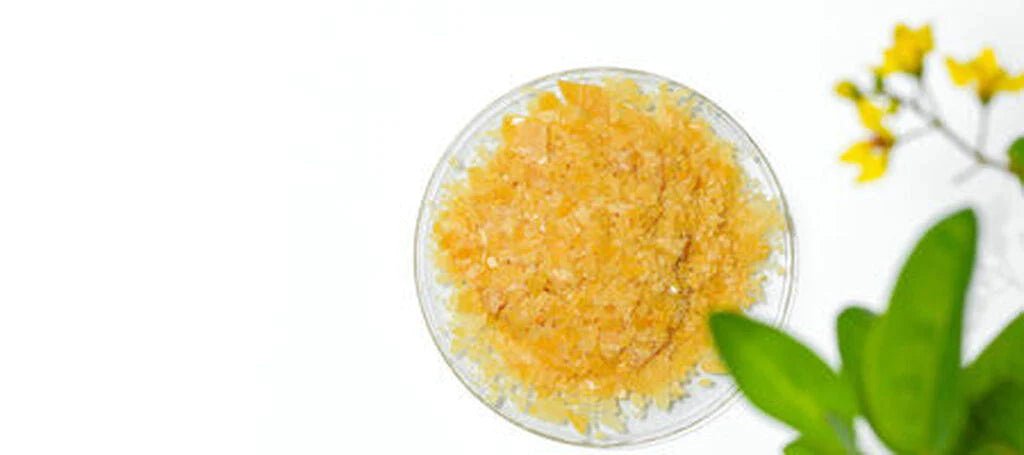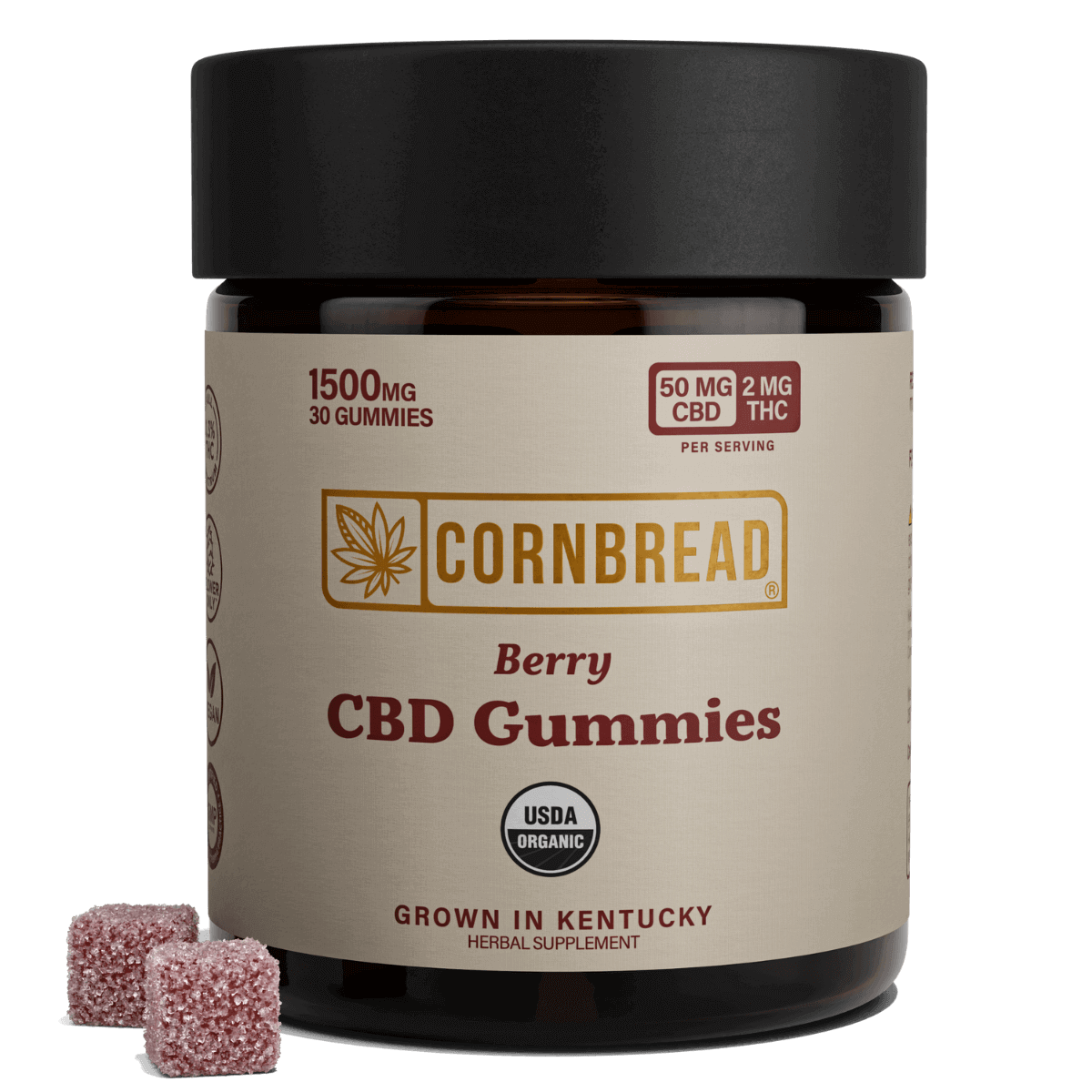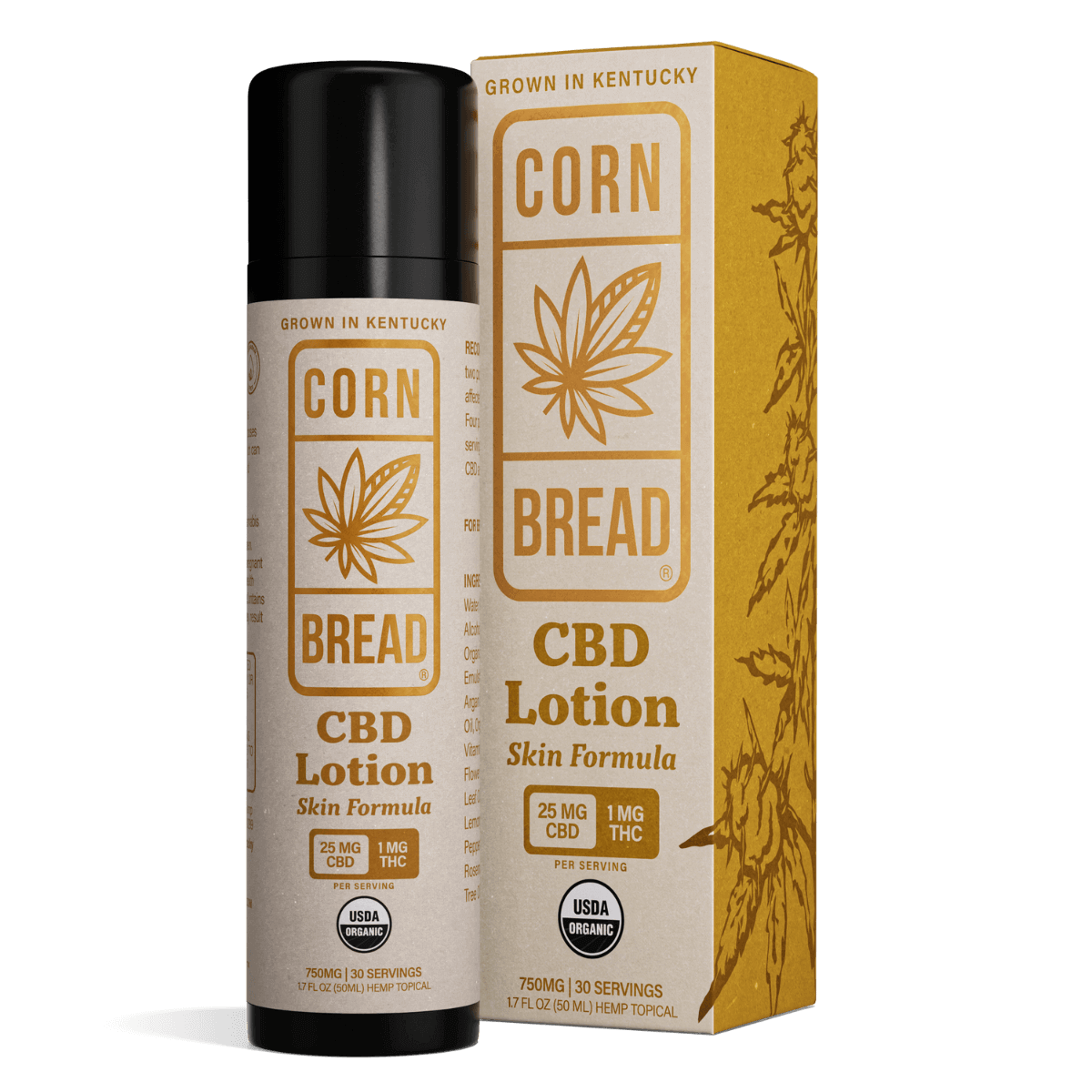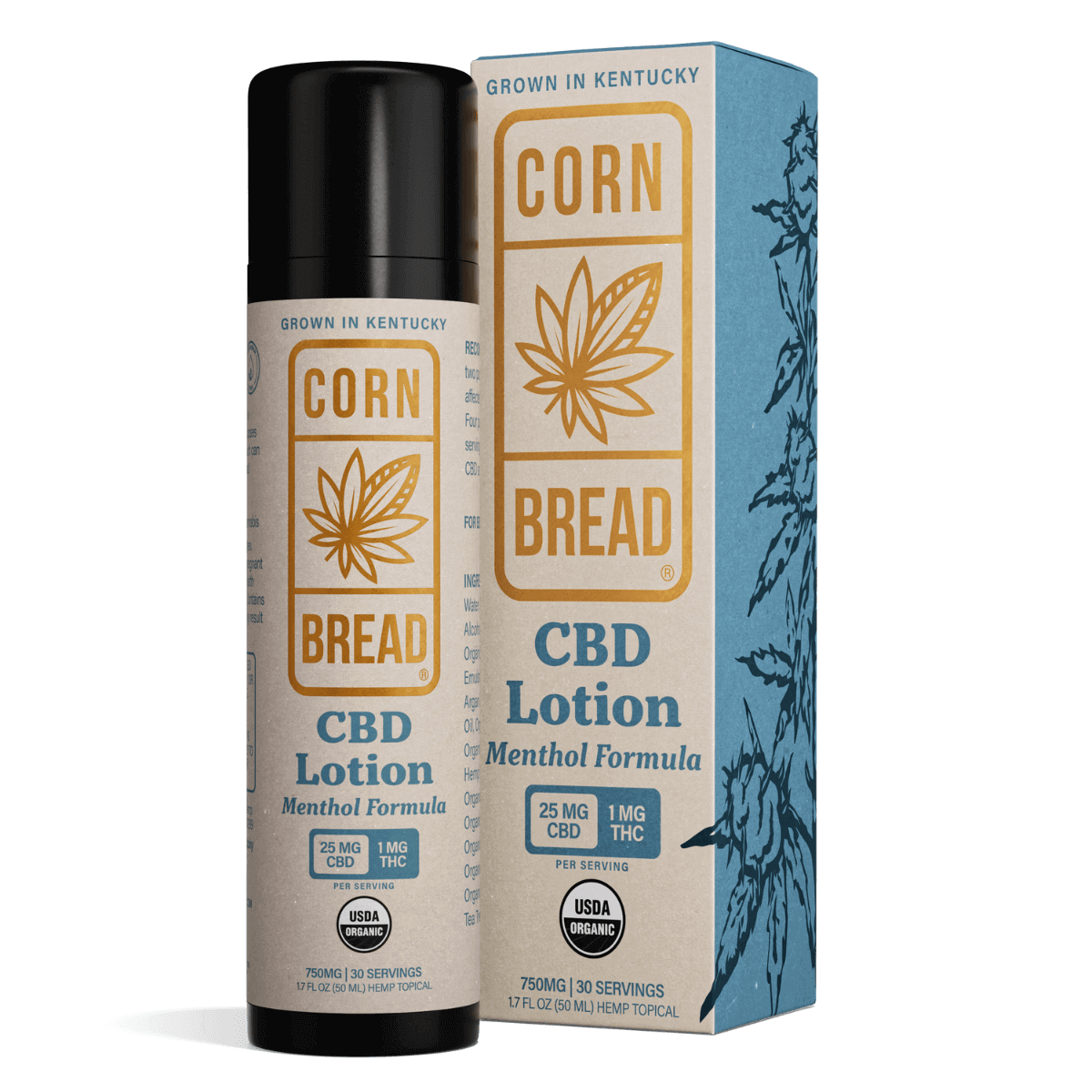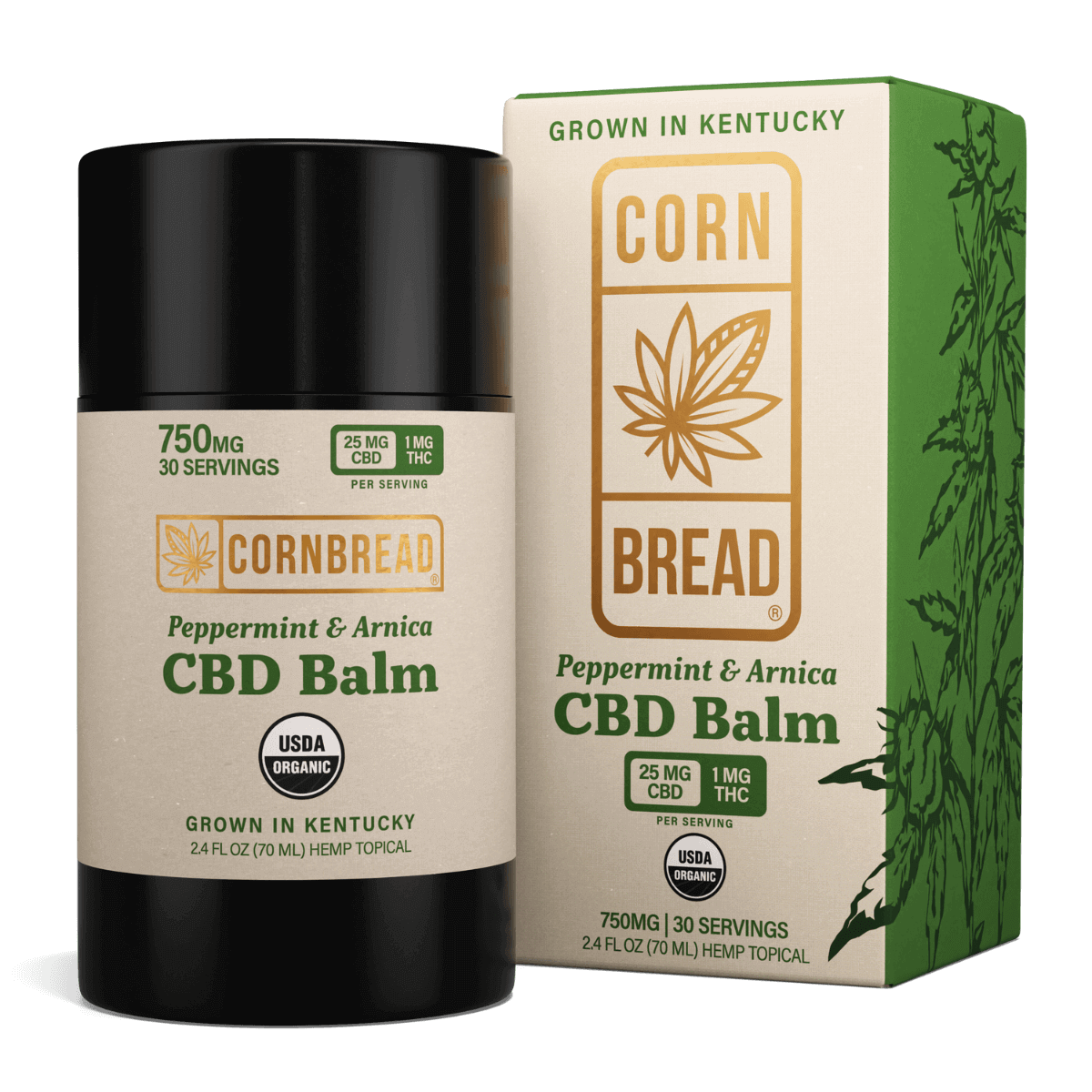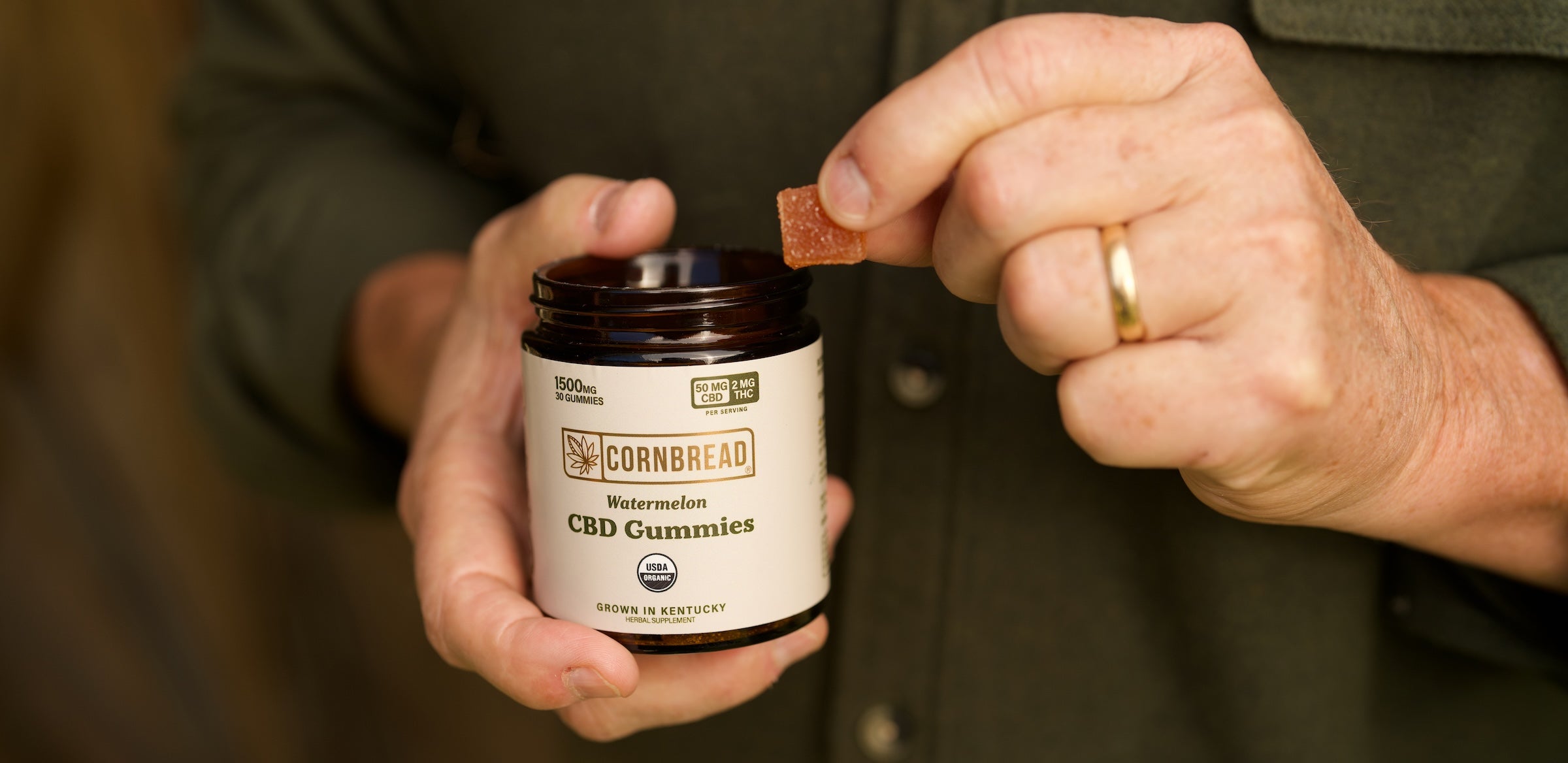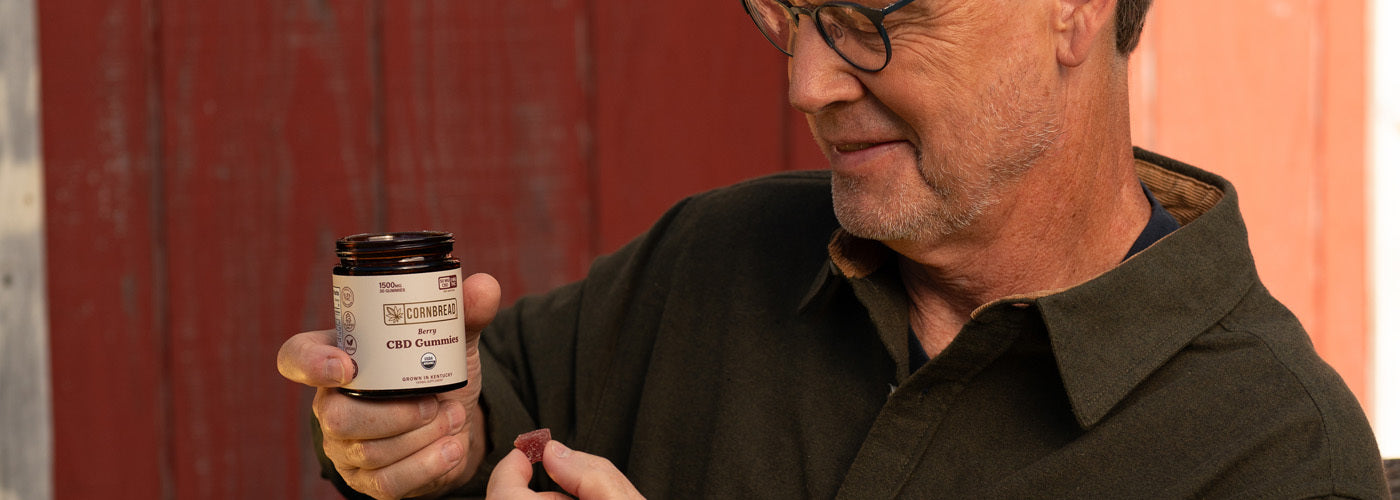Table of Contents
What is Carnauba wax used for?
Carnauba wax is a jack-of-all-trades when it comes to natural waxes. You’re as likely to find carnauba wax as a coating on your M&Ms as you are to find it as part of the waterproof sealant on the hull of your boat. Wax carnauba sometimes referred to as “the queen of all wax” is derived from the coating of the fronds of the carnauba palm tree (Copernicia cerifera), also known as the “tree of life.” It is also called “Brazil wax” and “palm wax.”1Despite being nearly ubiquitous, many people are still asking: what is carnauba wax?
WHAT IS CARNAUBA WAX AND WHERE DOES IT COME FROM?
Carnauba palm tree is a plant native exclusively to northern Brazil and is grown only in the northeastern Brazilian states of Piauí, Ceará, Maranhão, Bahia, and Rio Grande do Norte. In 2006, Brazil produced 22,409 tons of carnauba wax. The US imports about 25 percent of all wax produced.2 This is why "Brazil wax" is such a popular alternate term for this natural wax.
In its natural form, Carnauba wax state, carnauba wax is a hard yellow-brown or dark-yellow brittle substance with an unmistakable sweet smell (which explains the other popular alternate term “palm wax”). It has a high melting point of roughly 98°C (208°F), which makes it nearly impossible to apply carnauba wax by hand.
Carnauba wax is harvested from the carnauba palm fronds by collecting and drying them, beating them to loosen the wax, then refining and bleaching the wax. The leaves are harvested without harming the tree. Only 6 to 8 fronds are taken at a time, so it is a sustainable practice.3 Carnauba palms are not the same species as the ones that much-criticized palm oil is pressed from, a species that is quickly dwindling.
One reason that carnauba wax is considered to be the “queen of all waxes natural waxes” is that it is among the hardest waxes in the natural world. It is practically insoluble in water, and it has a higher melting point than beeswax.4But it is still safe for human consumption.
Because it is derived solely from a plant-based source, carnauba wax is vegan and is often seen as a good alternative to beeswax and other non-vegan products such as gelatin. Carnauba wax is considered halal by the Muslim Consumer Group.5
Let’s take a look at some of the uses of carnauba wax.
POLISHES AND NATURAL WAXES
Because carnauba is basically insoluble in water, it’s a popular ingredient for coating anything that needs to be water-proof or weather-resistant. It is found in waxes for cars, waterproofing coating for shoes and clothes, and mixed with beeswax and turpentine as a waterproof coating for boats.
It’s an ingredient in some popular surfboard waxes as well. Surfers love carnauba wax because many are eco-conscious and prefer to use natural waxes. Every surfer knows that carnauba wax is vegan, and therefore a great replacement for the usual petroleum-based paraffin oil.6
Things coated in carnauba wax can be polished to a glossy sheen, just like the shine on an apple, which we’ll discuss in a moment. That’s why you’ll find it in furniture and floor polishes. A gentle rubbing with carnauba oil will make floors and tables lustrous. Sometimes you’ll find carnauba wax, along with beeswax, as an ingredient in candles because of its very high melting temperature.
COSMETICS
Carnauba wax is used as a thickener in many cosmetic products. According to True Natural Cosmetics, “when used in cosmetics, Wax Carnauba gives the product a smooth application and glossy finish. It also helps to keep the product in pliable, yet solid, form.”7
The wax is especially valued by natural cosmetic and skin-care producers because it is relatively sustainable, vegan, and hypoallergenic.
Carnauba wax could be an ingredient in just about every cosmetic and skin-care product you use on a daily basis: lipstick, eyeliner, mascara, eye shadow, foundation, deodorant, body moisturizers, hair products, sun care, and hair removal products.
FOOD PRODUCTS
In the food industry, carnauba wax is used as a food additive to keep candy looking bright and shiny. Thanks to its high melting temperature, it is also used as a natural binding agent to protect candies from melting. It is the secret ingredient in M&M’s that makes them melt in your mouth and not in your hand. At Cornbread Hemp, we use carnuaba wax as one of the ingredients in our CBD gummies with THC!8
Carnauba wax is found in the fruit snacks that you slip into your kids’ lunchboxes because they’re sort of healthy. It is an ingredient in gummy candies, where it provides texture and stability and makes them shiny.
In the produce section of your market, carnauba wax may be coating your fresh fruits and vegetables to keep them looking attractive and to protect them from bumps, cuts, and bruises during the shipping process. You would probably be surprised how many food products and many different products you can find them in!
OTHER USES OF CARNAUBA WAX
In 1890, Charles Tainter, the father of the phonograph, worked with Alexander Graham Bell to patent the use of carnauba wax on phonograph cylinders. Originally the cylinders were made from a mixture of paraffin and beeswax.9 Carnauba wax was more favorable because of its high melting point.
That dental floss you use or have in your medicine cabinet but don’t use? Look at the ingredients; many dental floss makers coat their floss using carnauba wax to make it slide through the gaps between your chompers more easily.
Finally, carnauba wax is used as a coating for paper and cardboard. It helps keep the color on printed material from fading, and it’s what you find in most “waterproof” envelopes.
As you can see, this little-known ingredient is found in many types of products all around us every day. It’s worth paying attention to the ingredients in your products because you may be using carnauba wax without even knowing it.
Carnauba Wax is a popular and sought-after natural ingredient for many reasons, but there are several other important factors that go into deciding what sort of wax to use on your products, especially when it comes to making vegan-friendly beauty and skincare.
Even the pharmaceutical industry employs carnauba wax in pill and tablet coating. If you check your medicine cabinet, you'll be sure to find something containing carnauba wax as an ingredient.
In paper coatings, carnauba wax is used as a release agent. This makes the paper less likely to stick together and allows ink from printers or other printing equipment to adhere to it.
Carnauba wax is also found in candlemaking. In fact, Brazil has been historically known as one of the largest providers of both the leaves and the wax from the carnauba palm. Carnauba is mixed with beeswax to create a hard, glossy finish on candles. In particular, palm oil-based paraffin wax was replaced by carnauba wax as a hardener in candles because it does not clog wicks and has a higher melting point
CORNBREAD HEMP'S ORGANIC CBD BALM
Carnauba wax’s yearbook photo would be posted with many superlatives. This “queen of all wax” is derived from the “tree of life” that gets harder than concrete and is nearly insoluble in water. You’ll find it everywhere from surfboard wax to gummy worms to your favorite lipstick.
You’ll also find carnauba wax in Cornbread Hemp’s USDA Organic CBD Balm, used as a thickener and a preservative. The organic carnauba wax helps distribute the organic CBD, peppermint, and arnica oils directly to your skin in its mess-free balm stick.
The USDA Organic CBD Balm soothes achy joints and muscles and is not tainted with paraffin and other petroleum-based final product. All ingredients of Cornbread Hemp’s CBD Balm are certified USDA organic, including the cannabis comfort that comes from Whole Flower, full-spectrum, organic hemp extract. If you're looking for an ingestible product to try outside of our CBD gummies , we highly recommend starting with our CBD softgels!

